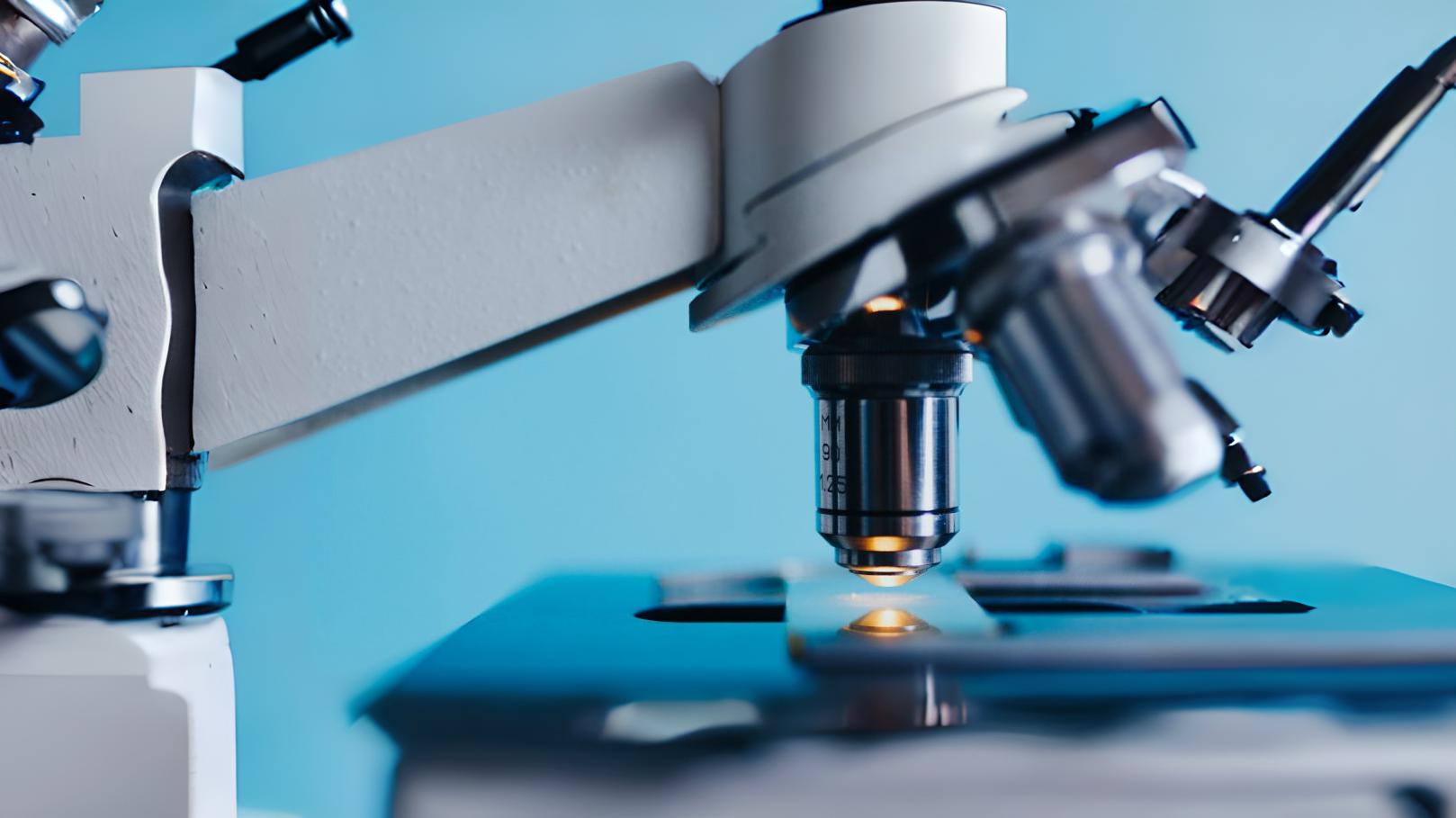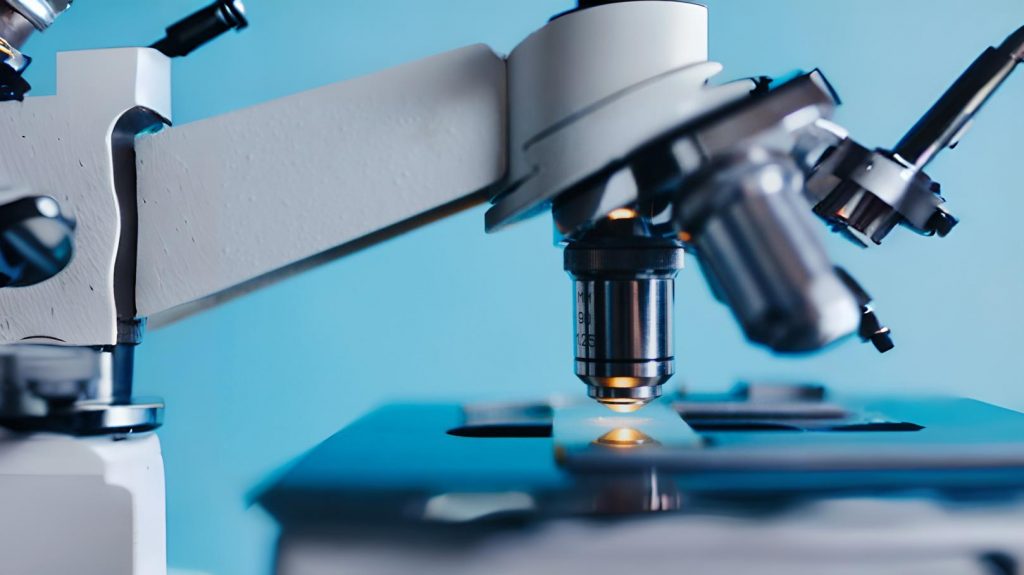Emerging Innovations in Translational Medicine: An Interview with Marcie Glicksman, Enclear Therapies
 4 years ago
By Charlotte Di Salvo
4 years ago
By Charlotte Di Salvo

3D cultures and organ-on-a-chip are a few examples of technologies that hope to bridge the gap from benchside to clinic. Failures that arise during drug development often arise due to poor translatability from models in preclinical studies to the patients in clinical trials. We spoke to Marcie Glicksman, Head of Biology for Enclear Therapies, about her thoughts and experience with novel technologies supporting translational medicine.
Proventa International: At our most recent event you discussed some of the new tools/technologies addressing the translational medicine gap – could you explain further what translational medicine is and some of the main challenges that arise in drug development?
Marcie Glicksman: People use this term ‘translational medicine’ very broadly, but it’s one of the reasons why I went into the world of drug discovery. Translational medicine is the foundation of science combined with technology for the purpose of better medicine.
There is room for improvement at every stage in drug development. Starting with the clinical stage, finding a patient population can be a huge issue i.e. trying to find biomarkers that define patient populations.
Medicine is not based on mechanisms but on the symptoms. Consequently we have a lot of drugs that alleviate symptoms, which is a step in the right direction, but we’re not curing any diseases.
PI: Do you believe we should be approaching drug development from a bottom-up approach to top-down, or is it dependent on the disease?
MG: It can depend on the disease – for example, you have enzyme replacement therapies that can make sense for a bottom-up approach. I like a top-down approach, as it is our purpose to cure or ameliorate diseases so we can understand what is an appropriate approach. As a researcher, having conversations with clinicians at an early stage is good as you are not always aware of the issues that plague patients, and so if you can provide something to address this issue, it can be important for the patient – so that’s why I do like the top-down approach..
PI: Do you think emerging technologies will support or replace these animal models at the preclinical stage?
MG: When I started working with stem cells, eight or nine years ago, I was very hopeful that they would replace animal studies. There have been various studies surrounding cardiotoxicity and liver toxicity in which stem cells may eventually provide better models. Also in terms of predicting patient response, if you can have patient cells which you can test and see they respond, then maybe they can be more predictive than animal models.
Animal models are useful from a target-engagement standpoint, and potentially a dosing standpoint, if you take into account species differences etc… But there are a lot of logistical differences. If you look at rodents for example, their brains are very different and much smaller than humans’. Non-human primates have a complexity to their brain but their brains and body sizes are a lot smaller.
For CNS delivery, we’ve been using sheep. I don’t have the evidence yet, but I think in some ways, sheep could be a better model than non-human primates.They have more cerebrospinal fluid, they have a brain closer to the size of a human’s and body weight which is closer to a human.
I also think we have got a lot better in terms of predicting toxicity – a lot of drugs fail because they’re not efficacious but they’re completely safe.
PI: 3D cultures are an example of the latest advancements in cell-based assays – how are 3D cultures created? What advantages do 3D cell cultures have over 2D cell cultures in terms of modelling?
MG: Cells have a natural affinity for each other- our tissues are formed by our cells creating junctions between each other, as they like to adhere. You can create 3D cultures by creating an environment where culture media are moving, whether this be in multi-well plates or in mini-spinner flasks- you can form them pretty easily.
3D cultures are a lot closer to the physiological state, and so far, a lot of people have been comparing 3D to 2D cultures. One of the roundtables I had at a recent Proventa event involved people who had been using 3D cultures, and sharing how their stem cells had grown and differentiated better in 3D than 2D.
The scientific community is, however, still defining these cultures. If the 3D sphere becomes too large, the cells on the inside can’t be supported by the nutrients and tend to die. So working out how to handle and optimise these cultures is being developed, and how to assay them. Some people have said in order to assay them, they have to break them apart and place them on plates – so, first we need to have assays that can support a 3D format.
PI: Organ-on-a-chip technology is on the list of top ten emerging technologies – do you think it will support preclinical studies? Is there potential to develop a brain-on-a-chip?
MG: We’ll see, maybe it will be combined with 3D cultures. In terms of modelling the brain, some people have performed 3D cultures and have seen advantages over 2D. Everybody needs to keep in mind that these are models – and depending on what you want to model, some technologies will be more relevant than others.
Will we ever recreate the human brain or whole body? Unlikely. I definitely think people are using it as a model and applying it. In terms of approval, the FDA will want to see a lot in the form of validation before it is accepted.
Charlotte Di Salvo, Junior Medical Writer
Proventa International
For more articles covering the pharmaceutical industry, clinical research and academia, visit PharmaFeatures.
January

Navigating the Complex World of Global Regulatory Affairs in Oncology
In today's fast-paced global pharmaceutical landscape, the regulatory affairs sector plays a pivotal role in ensuring the safety, efficacy, and market access of oncology drugs. As the demand for innovative cancer therapies continues to grow, understanding the intricacies of global...
2 years agoNavigating the Complex World of Global Regulatory Affairs in Oncology
In today's fast-paced global pharmaceutical landscape, the regulatory affairs sector plays a pivotal role in ensuring the safety, efficacy, and market access of oncology drugs. As the demand for innovative cancer therapies continues to grow, understanding the intricacies of global...
2 years ago
Overcoming the Hurdles: Navigating the Challenges in Oncology Clinical Trials
In the world of medical research, oncology clinical trials are at the forefront of innovation and discovery. These trials play a crucial role in advancing our understanding of cancer and developing more effective treatments. However, the path to successful oncology...
2 years agoOvercoming the Hurdles: Navigating the Challenges in Oncology Clinical Trials
In the world of medical research, oncology clinical trials are at the forefront of innovation and discovery. These trials play a crucial role in advancing our understanding of cancer and developing more effective treatments. However, the path to successful oncology...
2 years ago
Embracing a Patient-Centric Approach in Oncology Trials
In the realm of healthcare and medical research, the term "patient-centric" has gained significant traction in recent years. This shift in focus towards prioritizing patients' needs and preferences is not only transforming the healthcare industry but is also making waves...
2 years agoEmbracing a Patient-Centric Approach in Oncology Trials
In the realm of healthcare and medical research, the term "patient-centric" has gained significant traction in recent years. This shift in focus towards prioritizing patients' needs and preferences is not only transforming the healthcare industry but is also making waves...
2 years ago